Material Science and Engineering
Low pressure reduces bubble trouble
Spray coating and inkjet-based electronics manufacture are among the industrial applications in which liquid droplets are applied to a surface. But minuscule air bubbles that get trapped beneath the droplet as it lands can affect the coating’s quality and uniformity.
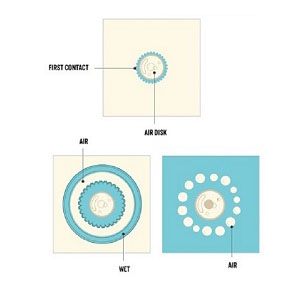
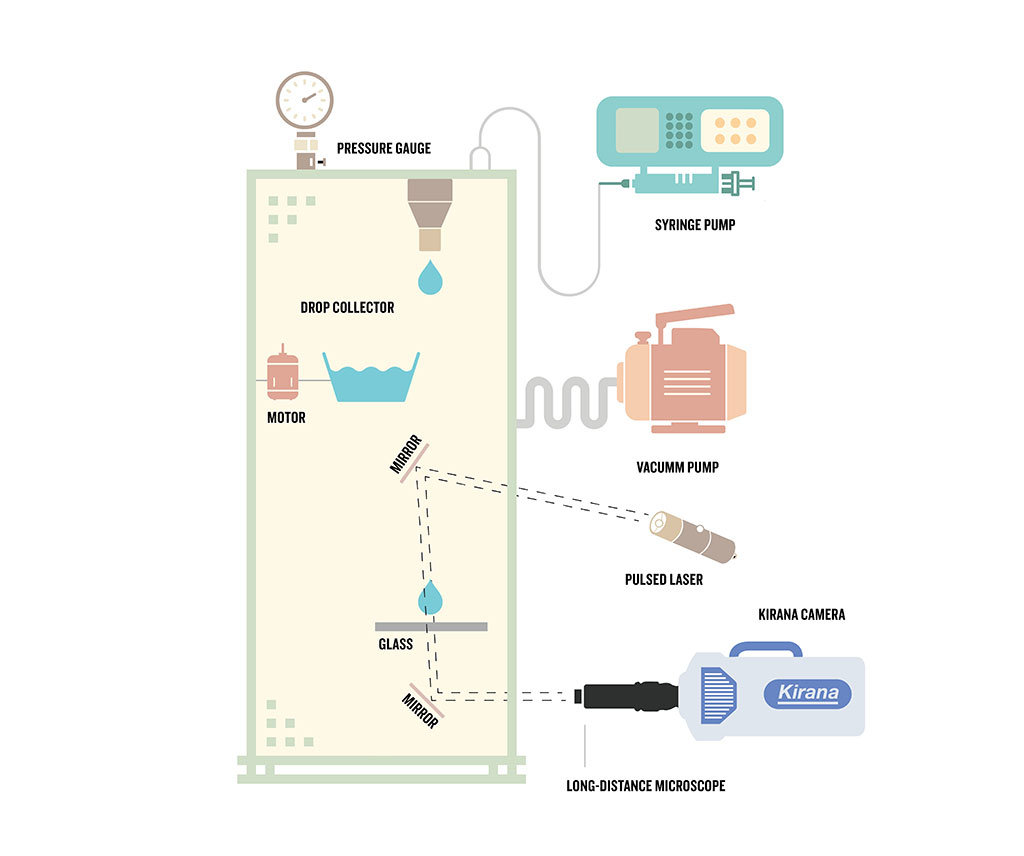
Sigurdur Thoroddsen and his team from KAUST set up an experiment to test whether bubble formation would be suppressed at lower air pressures. The team created a vacuum chamber equipped with a high-speed camera to observe droplet bubble formation (above image). “Reducing the air pressure had many advantages, including decreasing the bubble size and suppressing splashing,” says Kenneth Langley, Thoroddsen’s Ph.D. student. But there’s a sweet spot, he adds. “We discovered that if you reduce the pressure too much, you will entrain more gas bubbles than at higher pressures.”

At these low pressures, the team observed the usual central disk of air is trapped, but the droplet then unexpectedly trapped a second, outer ring of air, which quickly collapsed into individual bubbles (above image; from left to right, high-speed camera images captured 0.1 microseconds, 1.3 microseconds and 18 microseconds after first contact of the liquid droplet on the glass platform).
© 2018 KAUST
References
-
Li, E., Langley, K.R., Tian, Y.S., Hicks, P.D. & Thoroddsen, S.T. Double contact during drop impact on a solid under reduced air pressure. Physical Review Letters 119, 214502 (2017).| article
You might also like
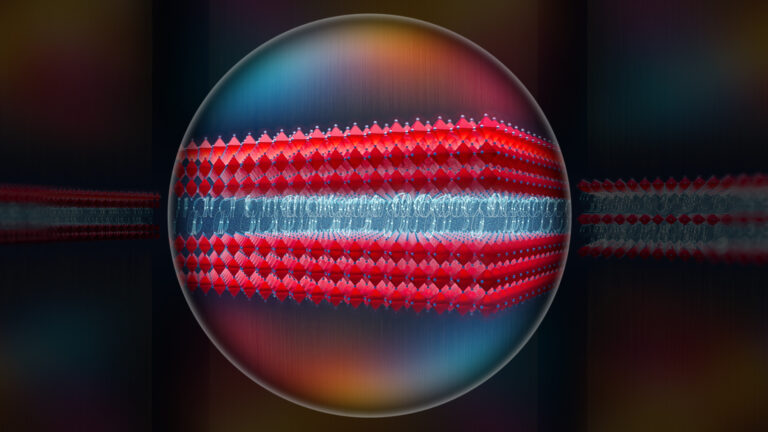
Material Science and Engineering
Electron movie guides design of layered perovskite materials
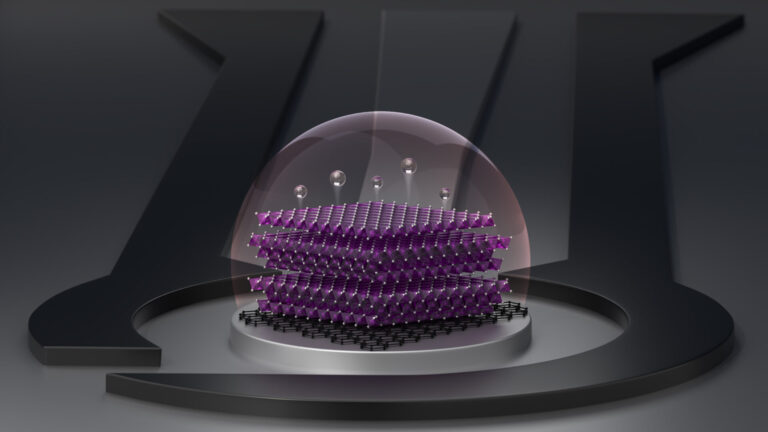
Material Science and Engineering
Remote region sensor for essential vitamin deficiency
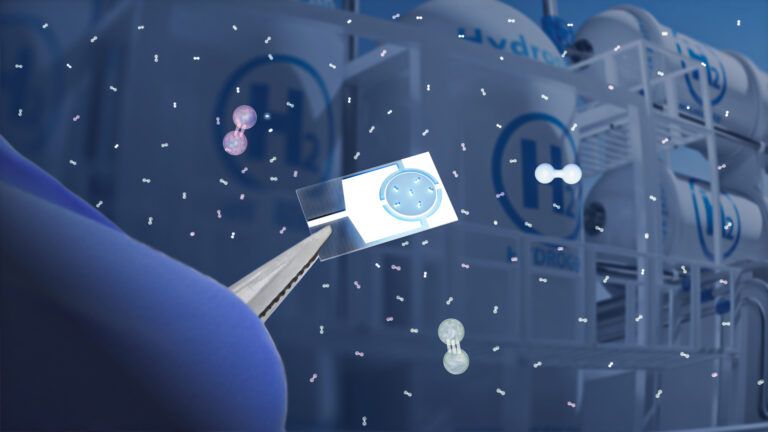
Material Science and Engineering
Low-power hydrogen sensor detects leaks in an instant
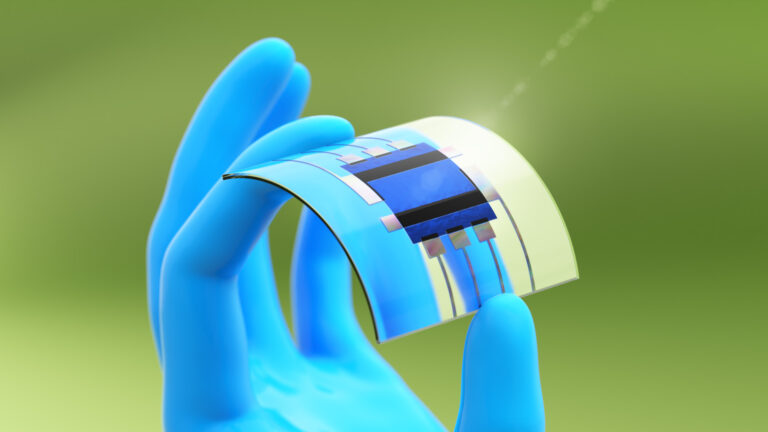
Material Science and Engineering
Illuminating pathways to long-lived organic solar cells

Chemistry
Beating the dark current for safer X-ray imaging

Chemical Engineering
Net benefits for advanced materials design
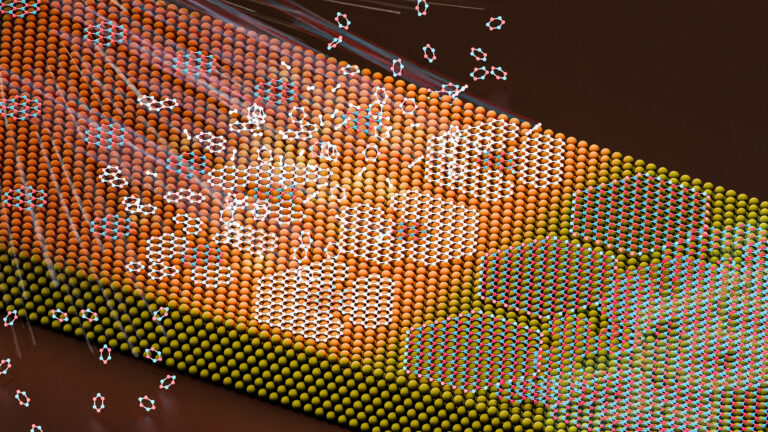
Material Science and Engineering
Atom-thin insulator grown into perfect films
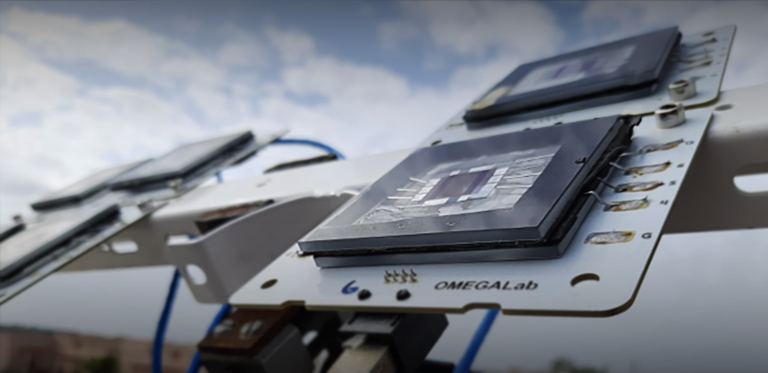
Material Science and Engineering




